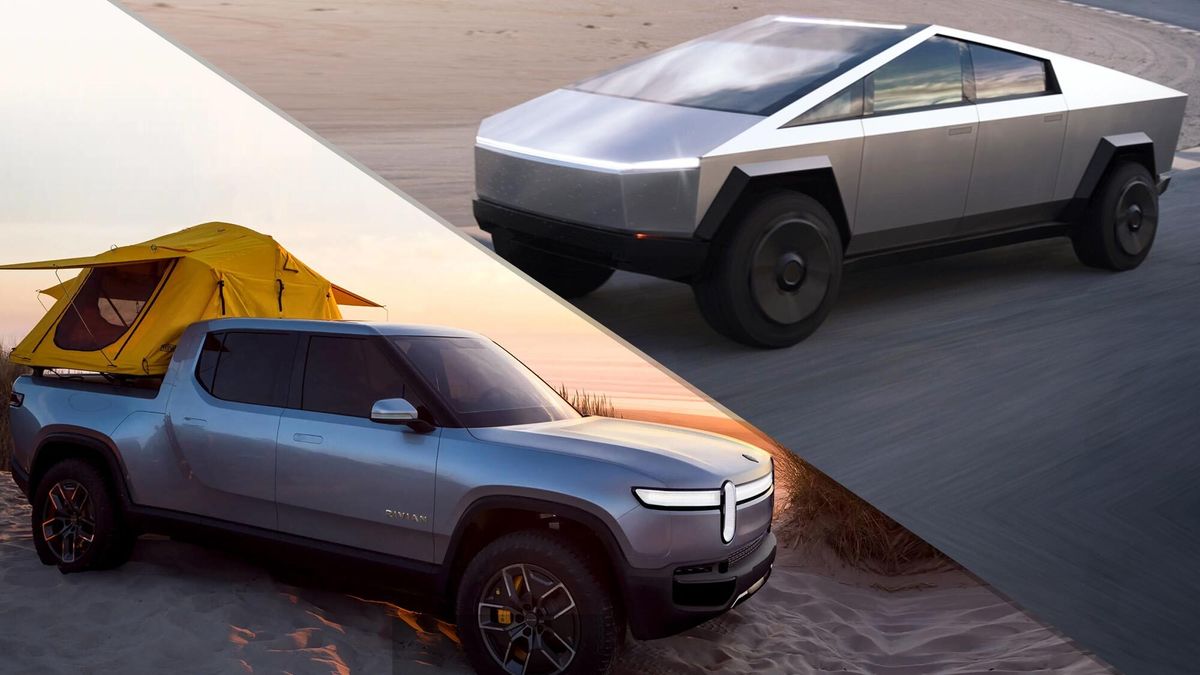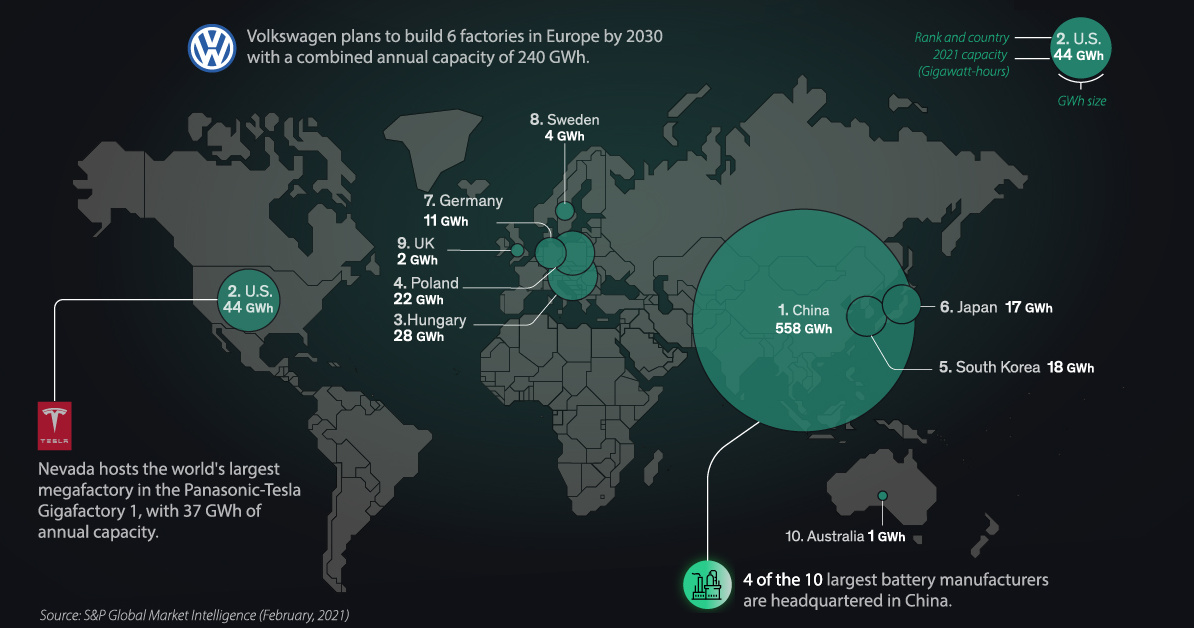Which of these two electric trucks is the better option?

www.tomsguide.com
After digging deeper into Rivian, this guide comparing the Cybertruck and Rivian is interesting...especially when one considers the ramp up for production for both (2023 vs now, respectively).
With Rivian ahead in production of their truck compared to Tesla's Cybertruck and looking at the designs of both, it seems like Tesla is really committed to the singular strategy of:
1. Boring Company (redesign of transportation infrastructure)
2. FSD (driving automation)
3. the machine-that-builds-the-machine (manufacturing automation)
4. personalization of the interior experience (robotics, maybe, and apps, etc.)
5. logistics (starlink, semi, cybertruck-as-a-delivery-vehicle, robotics, etc.)
6. ...and really subsidizing (right now) on design and (likely) its automation in customization of products (think robots, vehicles, drones, etc. in the future).
Looking into this, maybe Tesla is playing big sibling to Rivian, as a little sibling, and not cannabalizing the production/sales of another very strong EV company that's basically a part of the Tesla people network?







